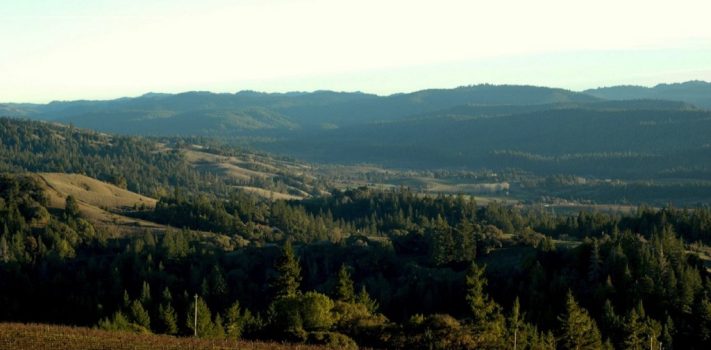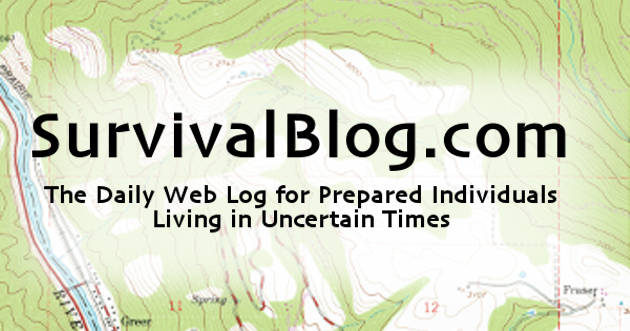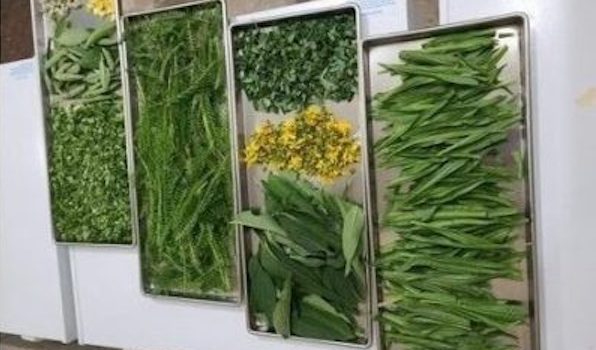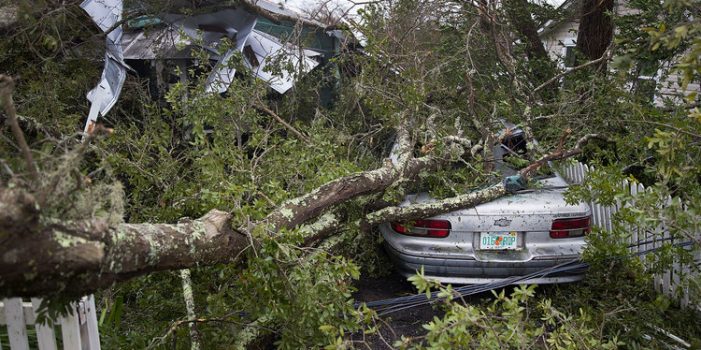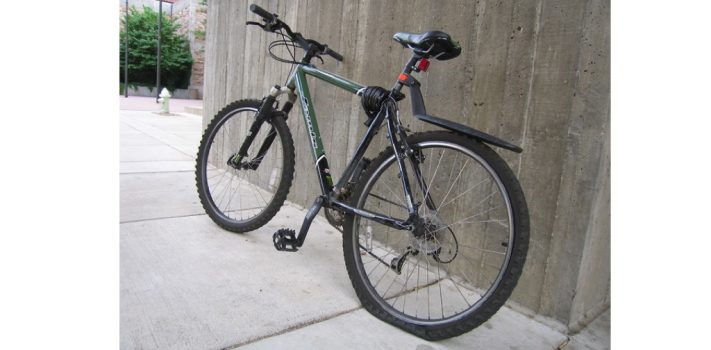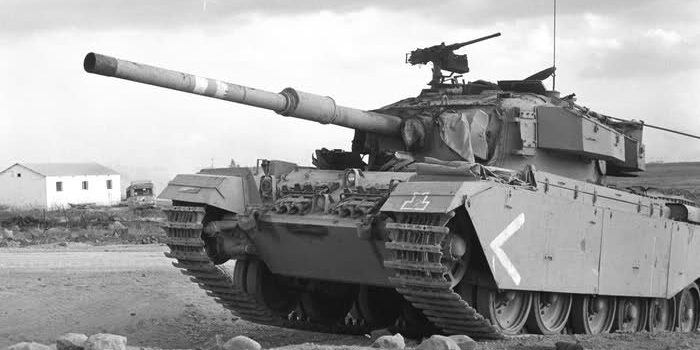Soft Cheeses Made Without Rennet, by M.J.E.
There are nearly endless kinds of cheeses. Among the variables that result in so much diversity are the mammal that the milk is from (most commonly cattle, sheep, goats, reindeer, yaks, and water buffaloes), what these animals were eating at the time they were milked, and how the milk is processed. Some people swear by raw milk rather than pasteurized, but raw milk may contain harmful organisms, and organisms that might adversely affect the cheese-making process. On the other hand, raw milk has a slightly different battery of enzymes that can affect the final cheese. Ultra-pasteurized milk, while shelf-stable, does …


